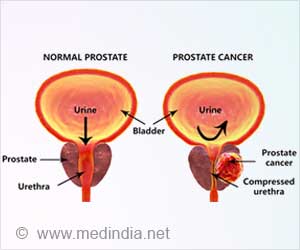Sudden deaths of young competitive athletes are tragic and highly visible events especially, when considering the fact that the victims were very young and enjoyed great health.
The deaths of these young athletes had a profound effect on their families in particular and the community at large and always manages to draw a lot of media attention.The focus of attention has always been on cardiovascular causes and less on traumatic organ damage.
A study conducted by Mathew Thomas et al, hoped to define the clinical profile, epidemiology, and frequency of trauma-related sudden deaths in young athletes of the USA.
Information for the last 30 years (1980 -2009) was gathered from US national registry to evaluate the epidemiology and frequency of sudden deaths from trauma in children, adolescents, and young athletes(who were 21 years or younger at the time of death) and to compare these deaths with those caused by cardiovascular events during the same period.
Systematic identification and tracking strategies were employed in the study.
Sources -
• News media accounts systematically assembled through Burrelle's Information Services
• Reports from the US Consumer Product Safety Commission (Washington, DC)
• Accumulated records of the National Center for Catastrophic Sports Injury Research (University of North Carolina, Chapel Hill, NC)
• Direct reports to the registry and the Minneapolis Heart Institute Foundation Web site (US National Registry of Sudden Death in Athletes) (www.suddendeathathletes.org),
• Reports from high schools, colleges, medical examiners, and parents.
Results & Conclusion - Of the 1827 youths studied who were 21 or younger, 261 (14%) died due to bodily trauma and vital organ damage. At least 4 such deaths were reported in each of the 30 years.
The largest number of deaths were in football (148 [57%]). This also included 17 high school athletes who sustained concussions shortly before fatal head trauma (“second-impact syndrome”). These deaths could have been prevented if timely action was taken. Football deaths were noted to be most frequent among defensive players, although the single most common position involved was running back (61% of offensive players).
There has been increasing attention (including in the news media) on the risks in children and young adults from blunt trauma associated with a few competitive sports ( such as football) leading to non-fatal concussion injury, life-long disability, or even death. Notably, the study revealed that the frequency of deaths in athletes due to body trauma proved to be relatively low in comparison to cardiac events but a system of reporting such deaths could help in improving preventive strategies..
Source: Epidemiology of Sudden Death in Young, Competitive Athletes Due to Blunt Trauma; Mathew Thomas BS et al; Pediatrics 2011; 128:1 e1-e8
The full article is available at the following url
http://pediatrics.aappublications.org/content/128/1/e1.full.pdf
Source-Medindia















